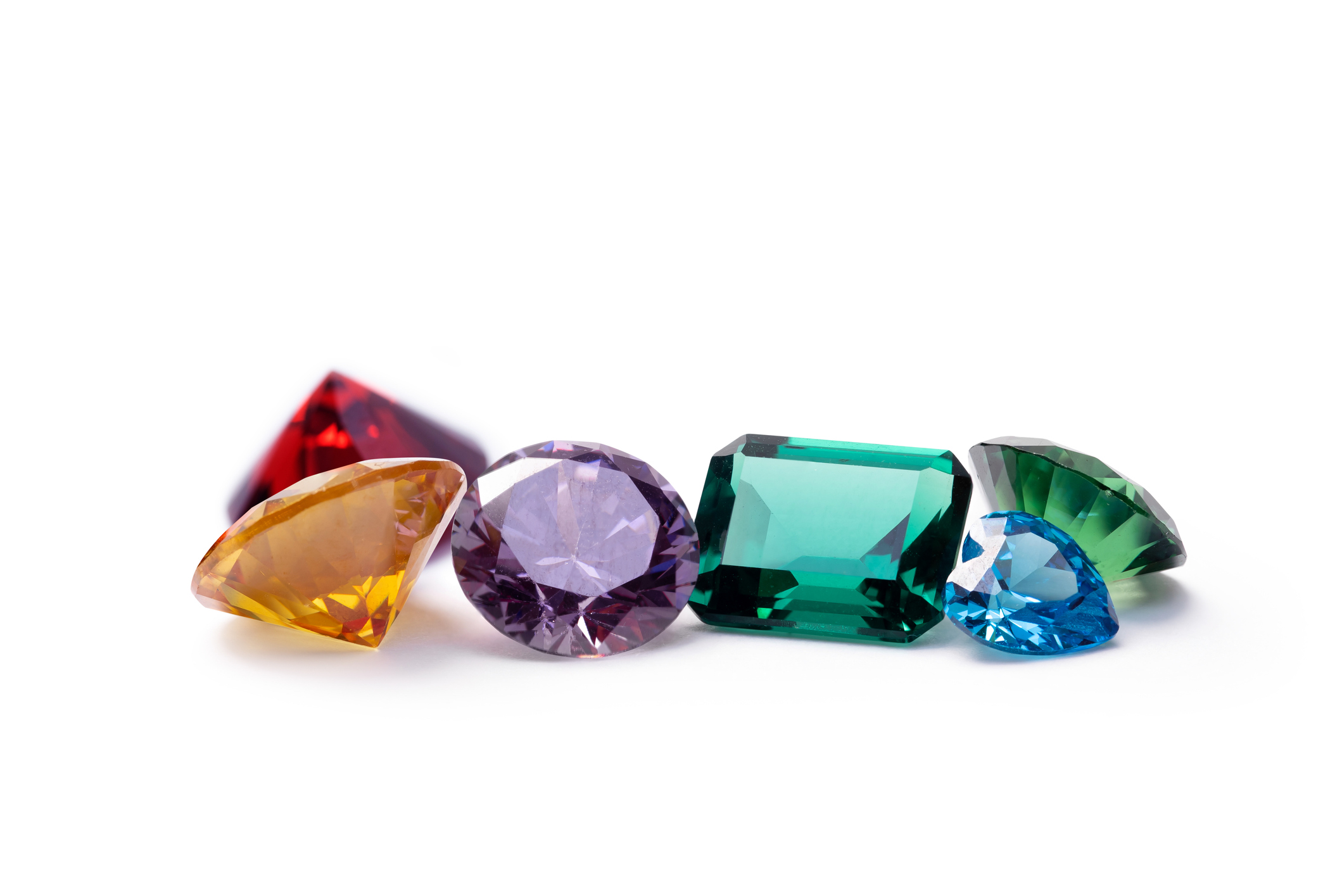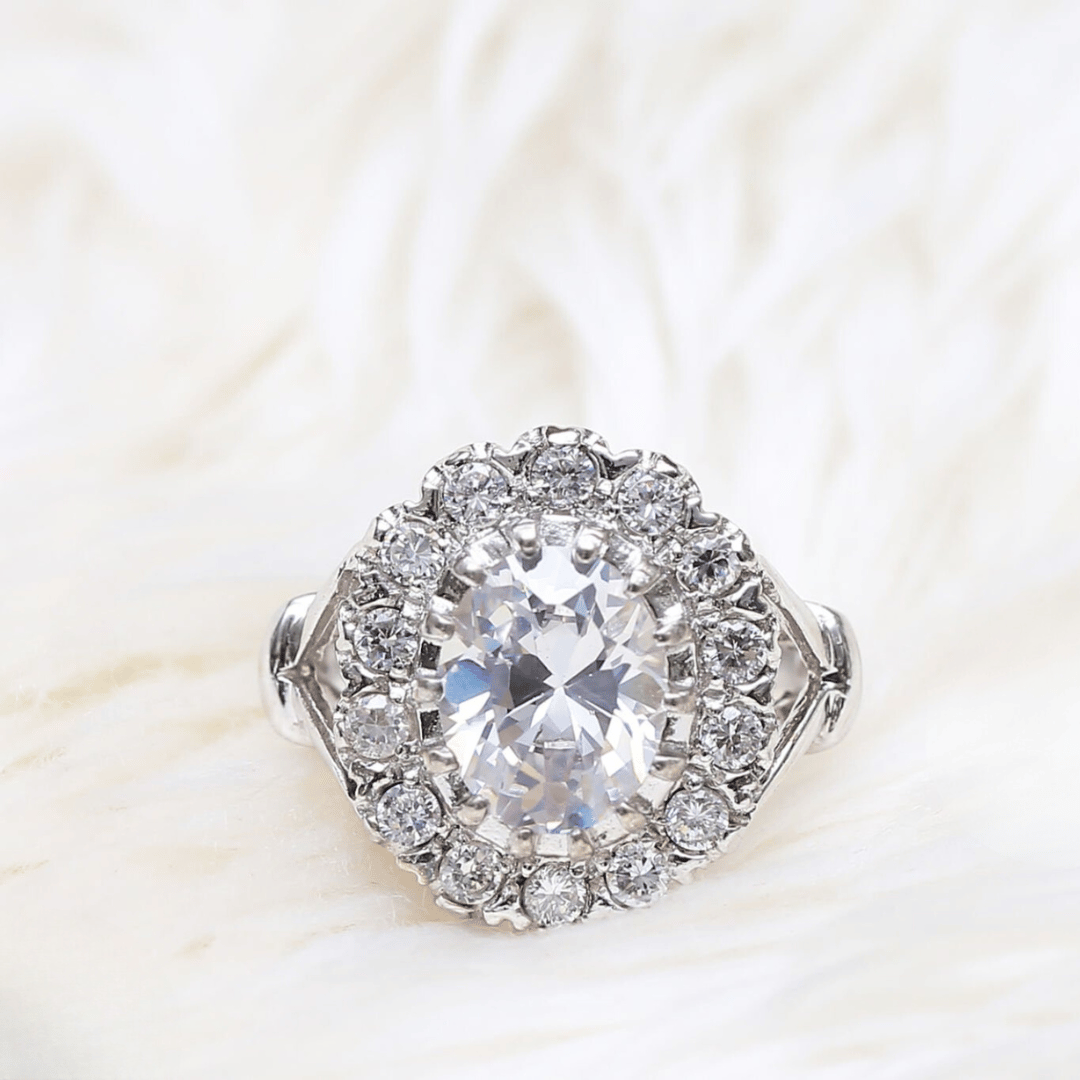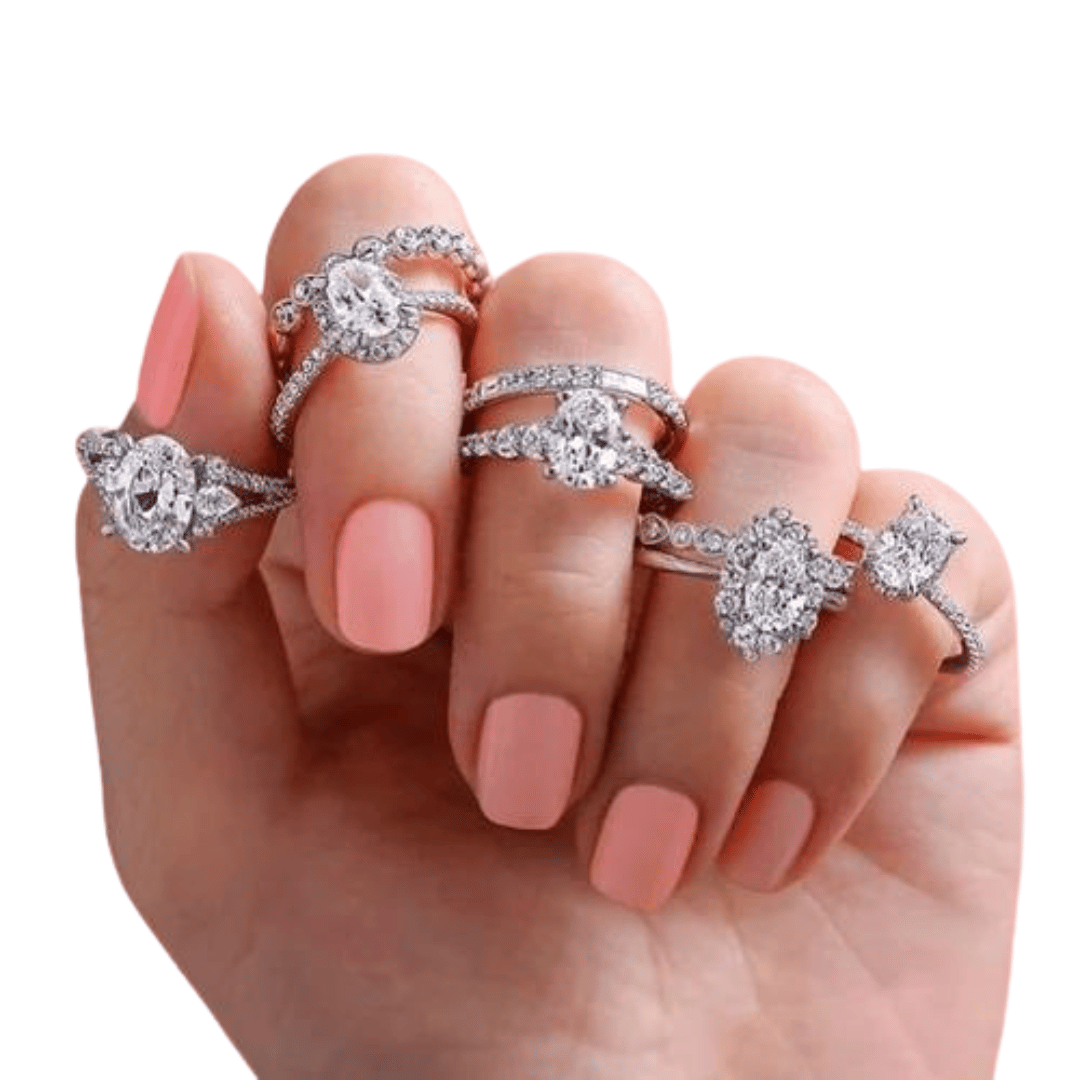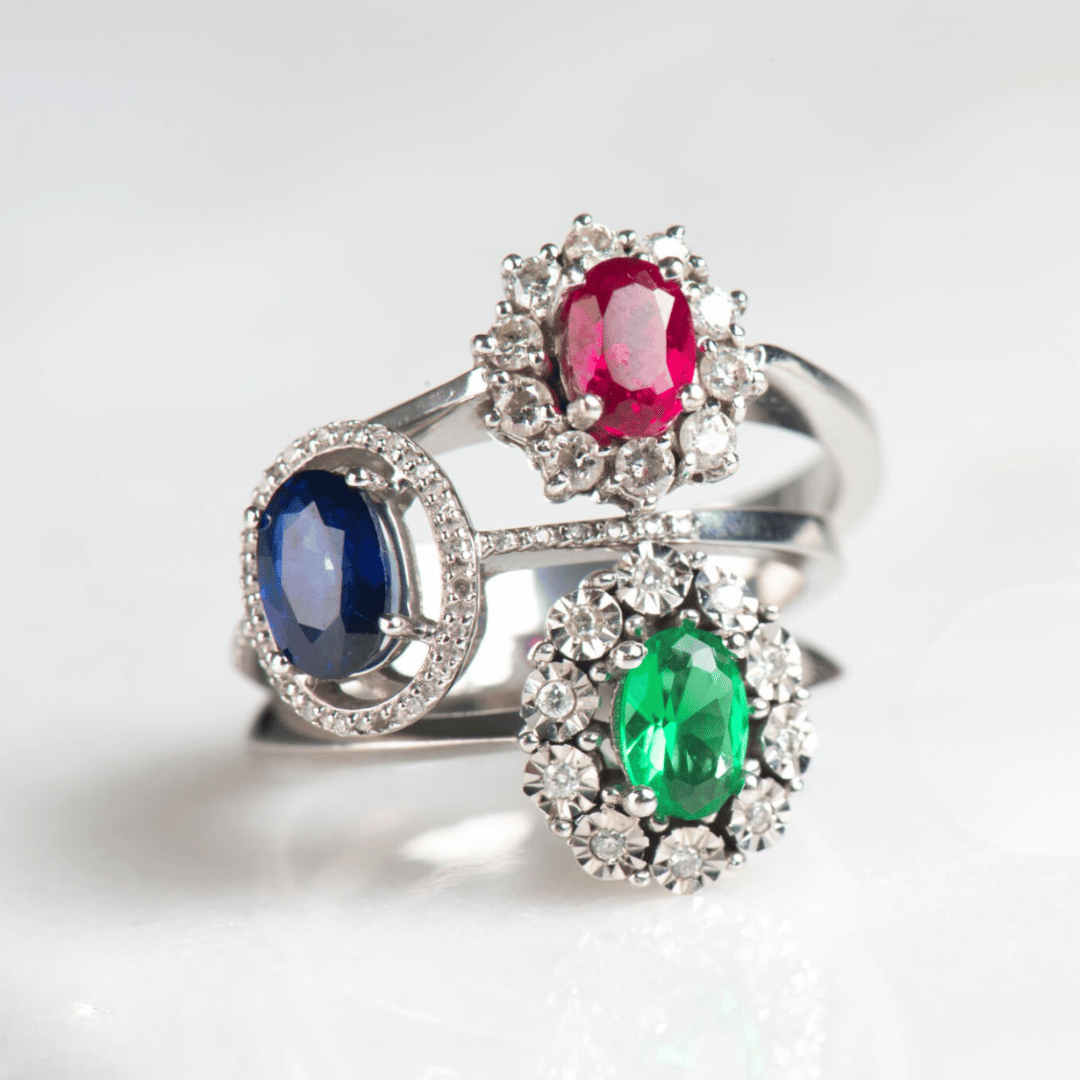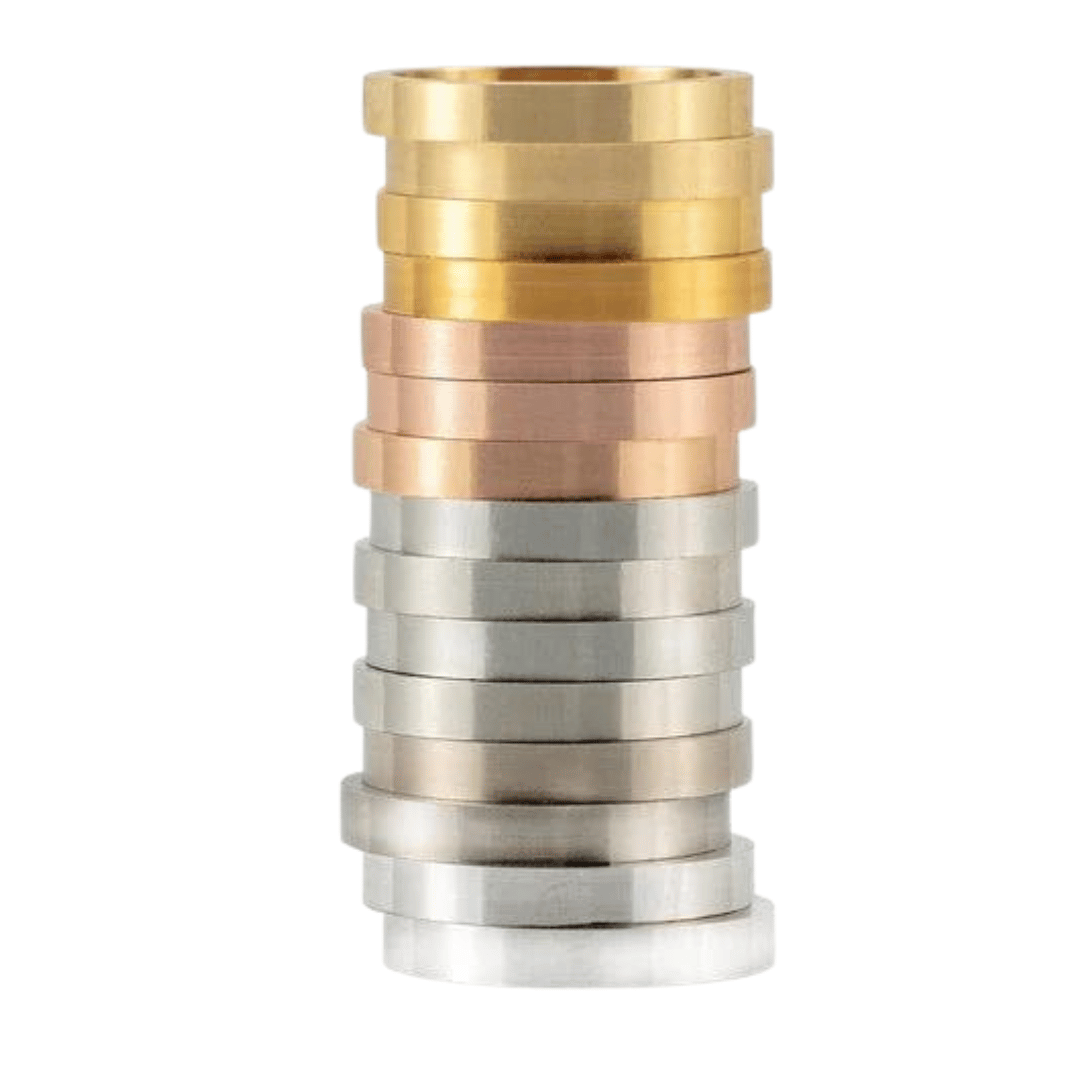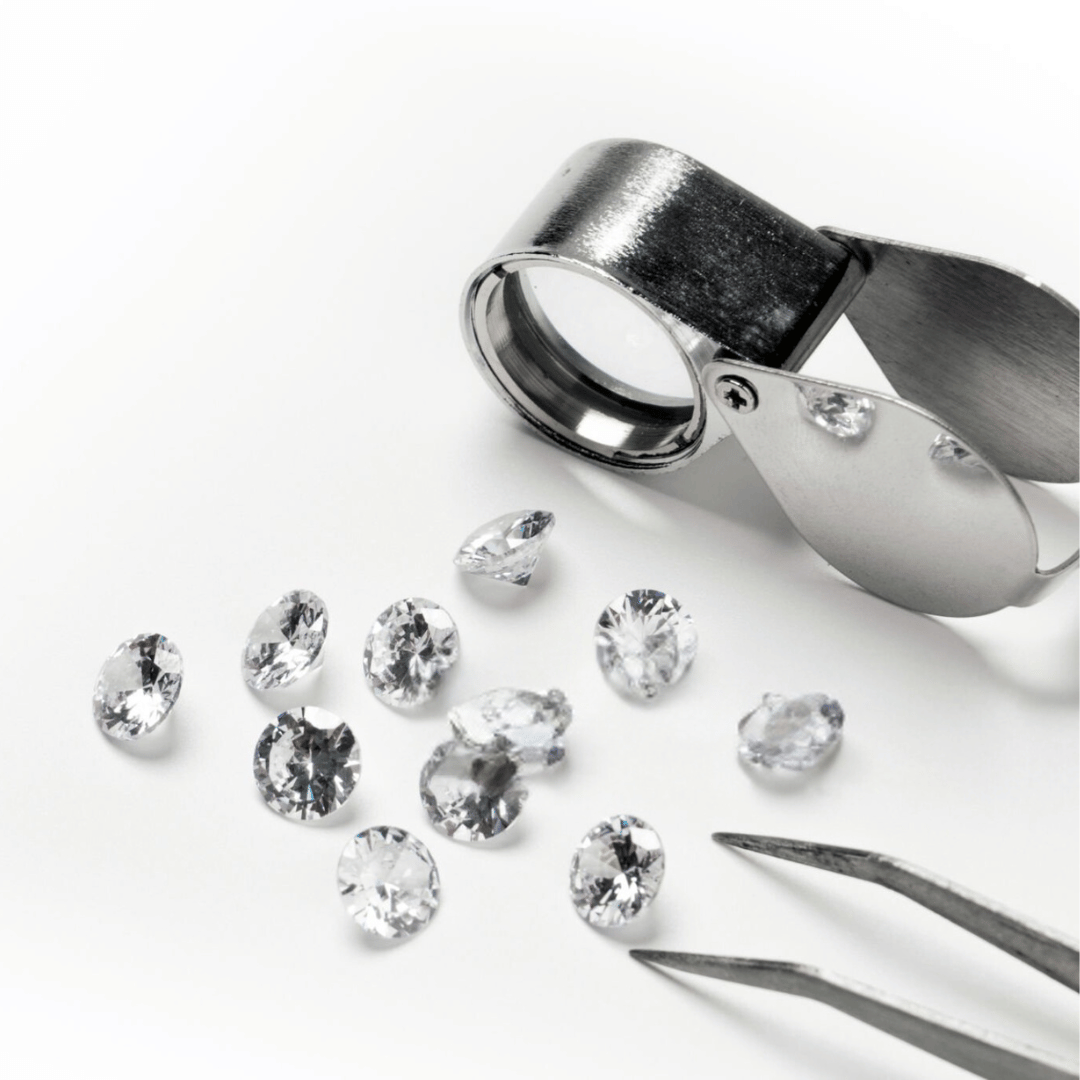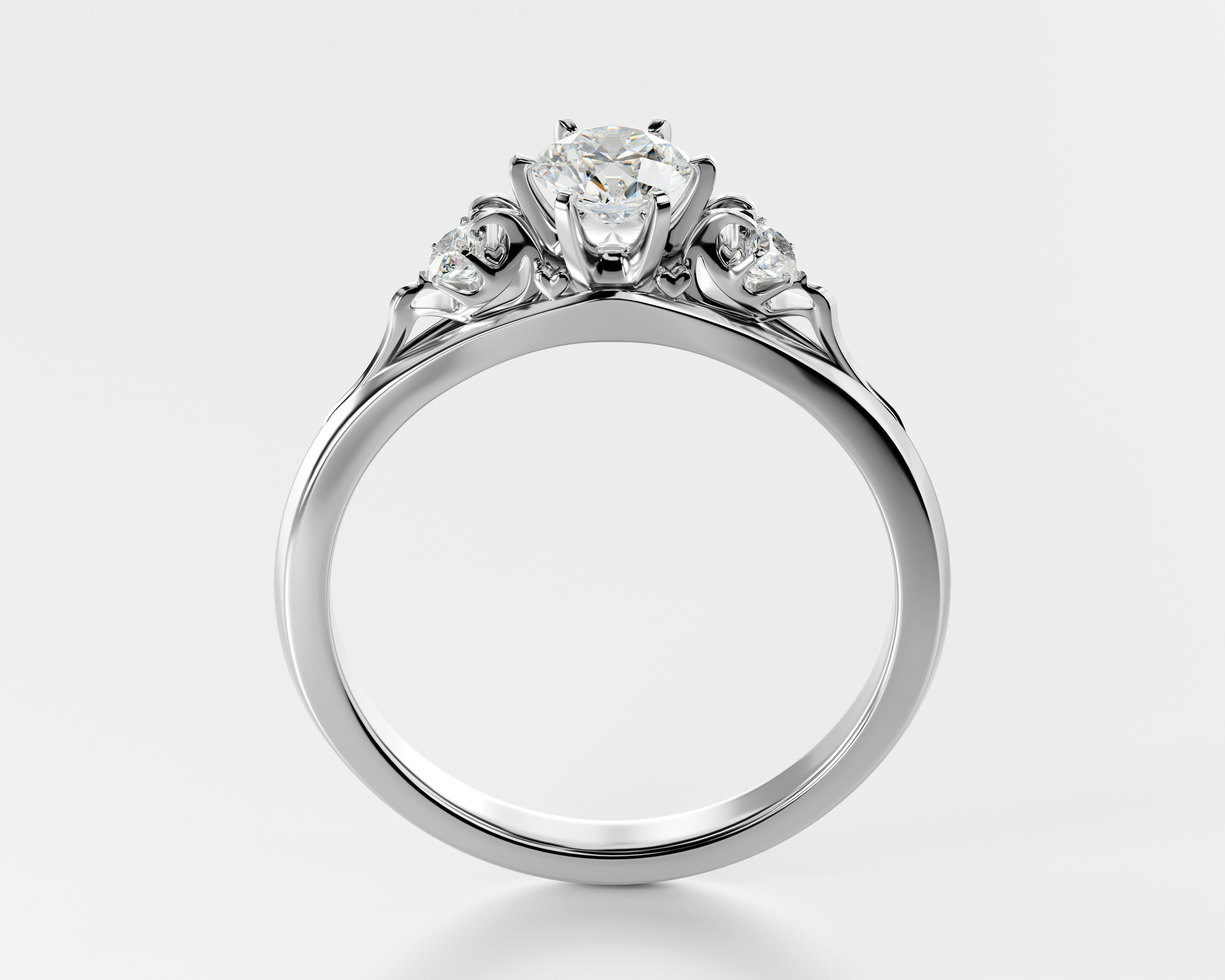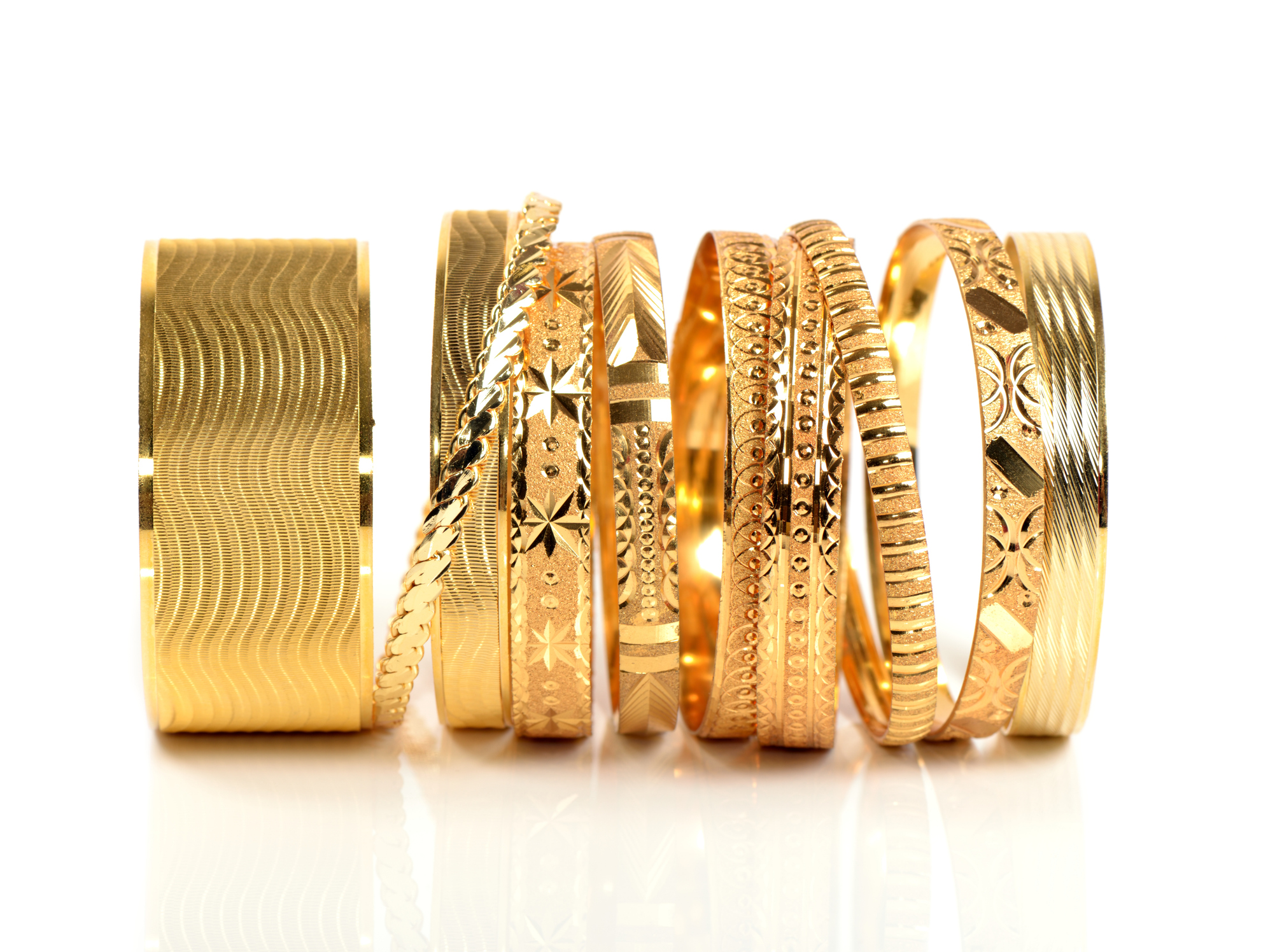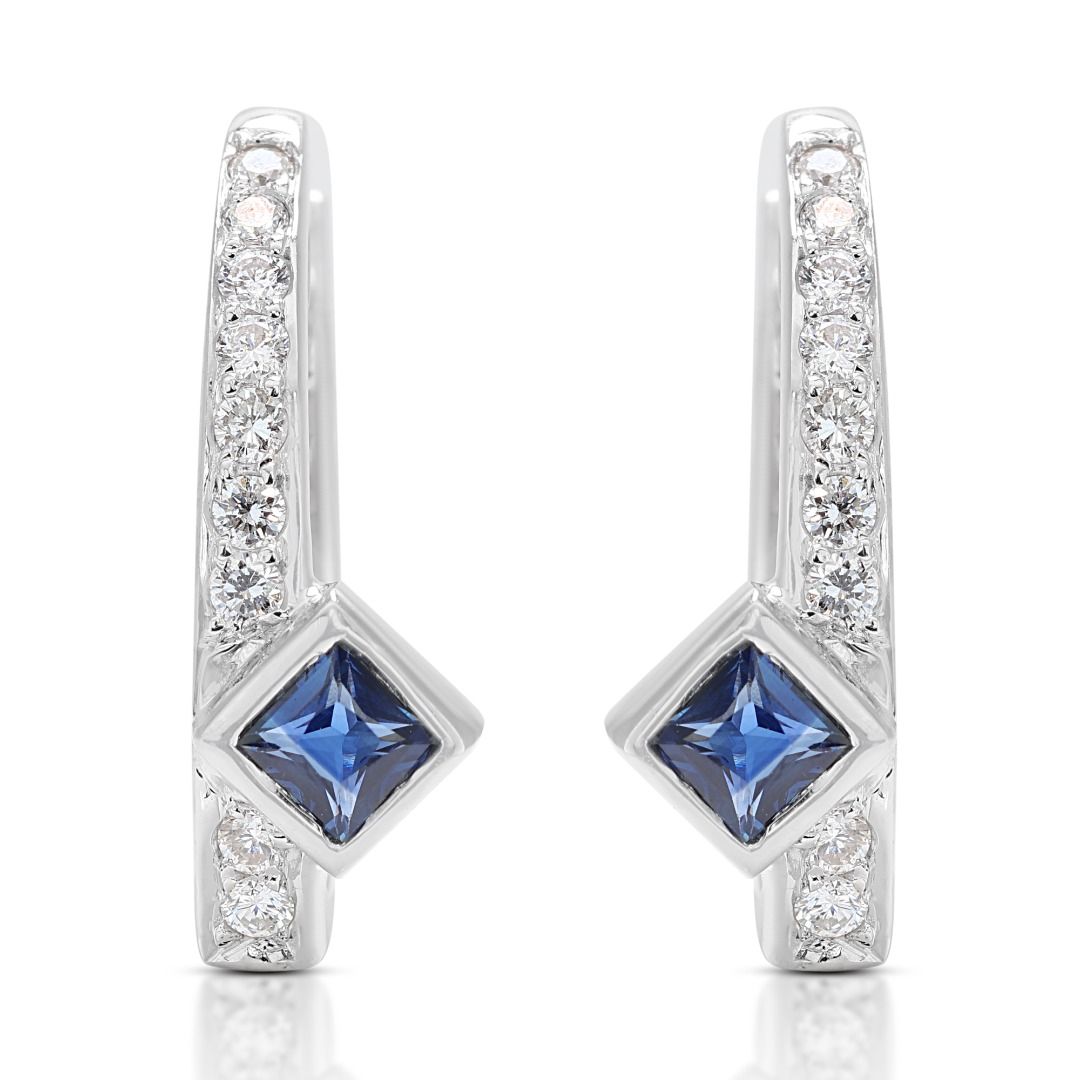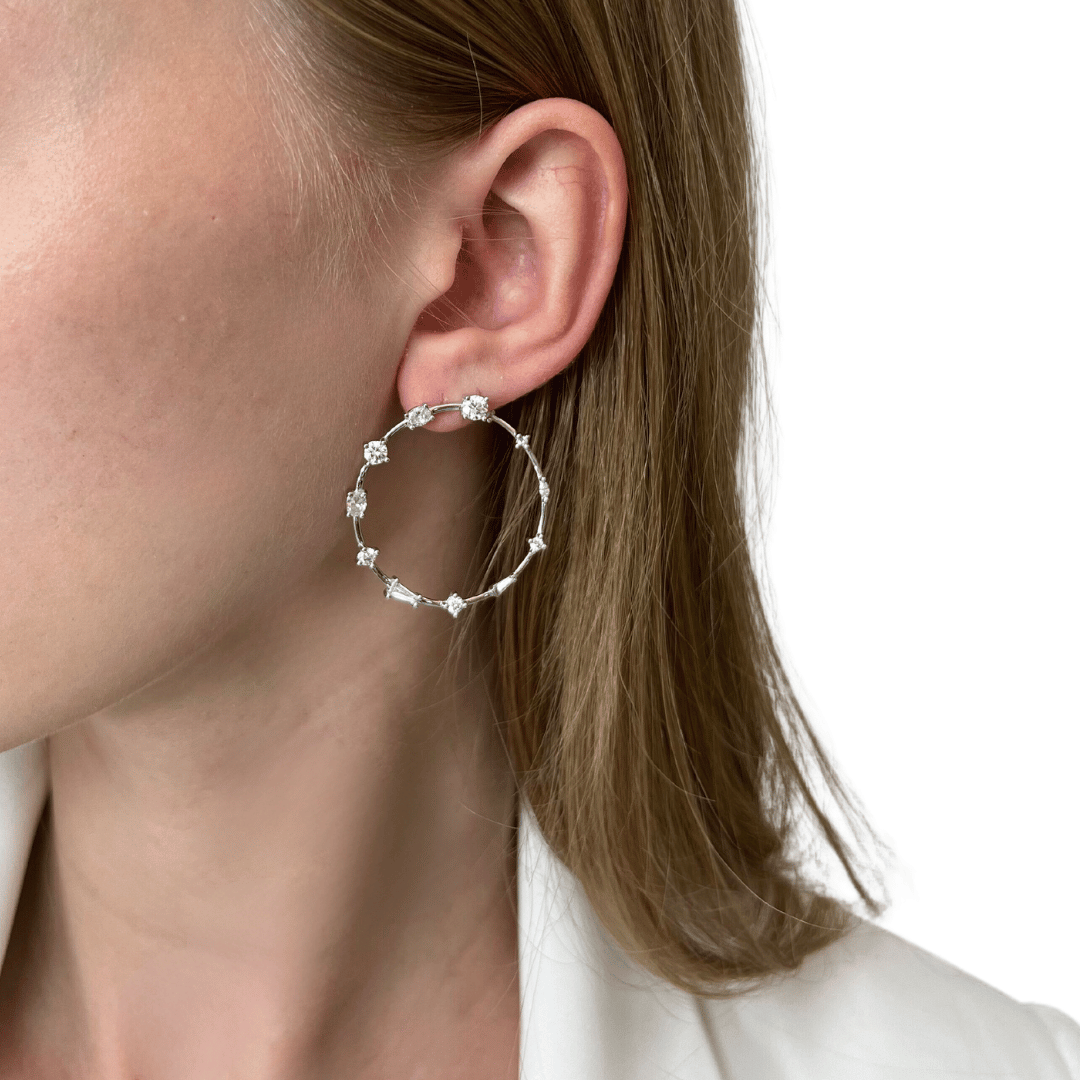Gems And Crystals
Gems And Crystals
Key Highlights:
- Savvy Shopping: Gems are often treated to enhance colour and clarity. Consider certification for expensive stones and enquire about treatments for all purchases.
- Colour is King: Choose gems with deep, vibrant colours that resonate with you. Clarity is secondary; slight inclusions add character.
- Hardness Matters: For valuable pieces, opt for harder gems (over 7 on Mohs scale) for better durability. Consider future stone replacement if needed.
- Understanding Gems: Gems are polished stones or crystals valued for their beauty. The Mohs scale measures a mineral’s scratch resistance.
-
- Gemstone Types:
- Precious Gems: Diamonds, sapphires, rubies, and emeralds (hardest to softest).
- Semi-Precious Gems: Wider variety including pearls, turquoise, and some fossils. Choose harder stones for expensive pieces.
- Synthetic Gems:<span
For millennia, gems have fascinated humanity, their allure immortalized in ancient texts like the Bible and beyond. They’ve adorned the wealthy and powerful, been credited with medicinal and energetic properties, and even contributed to technological advancements. Today, gemstones remain cherished for their beauty, rarity, and unique characteristics.
However, with so many options available, navigating the world of gemstones can feel overwhelming. This guide is here to provide you with essential background knowledge and practical tips, empowering you to make informed and confident choices on your gem-buying journey.
1. Important Considerations
- Gem Enhancements: Be aware that most gemstones in jewellery have undergone treatments to improve colour or clarity. This isn’t necessarily a bad thing, but the price should reflect the treatment.
- Gemstone Certification: Gemstone accreditation is a developing field. For expensive purchases, consider requesting a gemological certificate to verify the stone’s quality.
- Colour is King: Colour is the most crucial factor when choosing a gem. Opt for deep, vibrant colours with good uniformity and life. Ultimately, choose a colour that resonates with you.
- Hardness Matters: For valuable jewellery, consider gem hardness for long-term wear. The Mohs scale measures mineral hardness (diamonds are the hardest at 10). Opt for harder stones for expensive pieces.


2. What Defines a Gem?
The term “gem” can be broadly defined, encompassing both retail and gemological aspects. Gems are polished crystals or stones that showcase their inherent beauty through colour, shine, and sparkle. They are often set in jewellery or other decorative items.
The Mohs scale plays a vital role in classifying gems. It measures a mineral’s resistance to scratching by other minerals. Harder gems are generally considered more suitable for prestigious jewellery due to their durability. Softer, less expensive gems or synthetic stones are commonly found in cheaper pieces. Notably, some organic materials like pearls and resin can also be classified as gems.
3. Gemstones Classifications
Precious Gems:
This exclusive category features the “Big Four”: diamonds, sapphires, rubies, and emeralds. Diamonds reign supreme as the hardest natural mineral (Mohs 10). Sapphires and rubies follow closely at 9, while emeralds are slightly softer (typically 7.5-8). These gems are commonly used in the most impressive and expensive jewellery. However, regionally significant stones like Chinese jade, steeped in history and cultural importance, may also be highly valued.
Semi-Precious Gems:
This broader category encompasses a wider range of stones, including some rare and expensive gems like high-quality turquoise. It also includes non-mineral gems like pearls, resin, and even some fossils. The hardest and highest-quality semi-precious stones can find their way into expensive jewellery.
As a general rule, for significant investments, choose gems exceeding 7 on the Mohs scale. Consider the setting’s design to allow for future stone replacement if necessary.


Synthetic Gems:
Lab-created gems and crystals are gaining traction. These are not mere glass or plastic imitations, but stones grown under controlled conditions, often boasting excellent colour, clarity, and hardness. They can be a budget-friendly option or provide access to rare colours.
4. Gemstone Appraisal
Gemological certification can be a challenge for private buyers, especially for expensive loose stones or those set in jewellery. Many gemstones undergo treatments to enhance colour or clarity. Transparency about these treatments is crucial, and the price should reflect them.
Unfortunately, most gems lack gemological lab certification, which can leave you vulnerable to being misled. Here’s how to manage this risk:
- For expensive stones: Request gemological certification to ensure authenticity and quality.
- For less expensive stones: Ask if the gem is natural and request written confirmation on the purchase receipt.
- If unsure: Consult a reputable gemologist for an evaluation.
Remember, these concerns are less relevant for cheap fashion jewellery, where natural gems are rarely, if ever, used.
Conclusion
The world of gemstones is undeniably dazzling, but it can also feel overwhelming. With this guide in hand, you’re now prepared to explore the gem market with confidence. Keep in mind to prioritize colors that resonate with you personally, familiarize yourself with common treatment practices, and select the right gemstone based on its hardness and your budget. For high-value stones, don’t hesitate to seek expert guidance. Armed with this knowledge, you’ll be able to find a gem that will bring you joy for years to come. Happy shopping!


